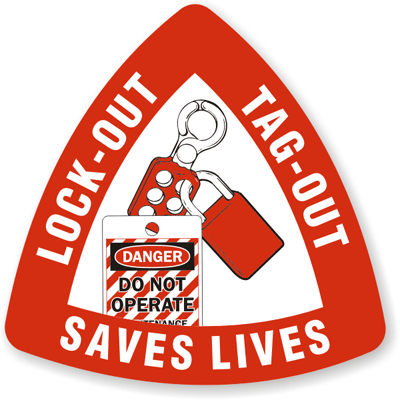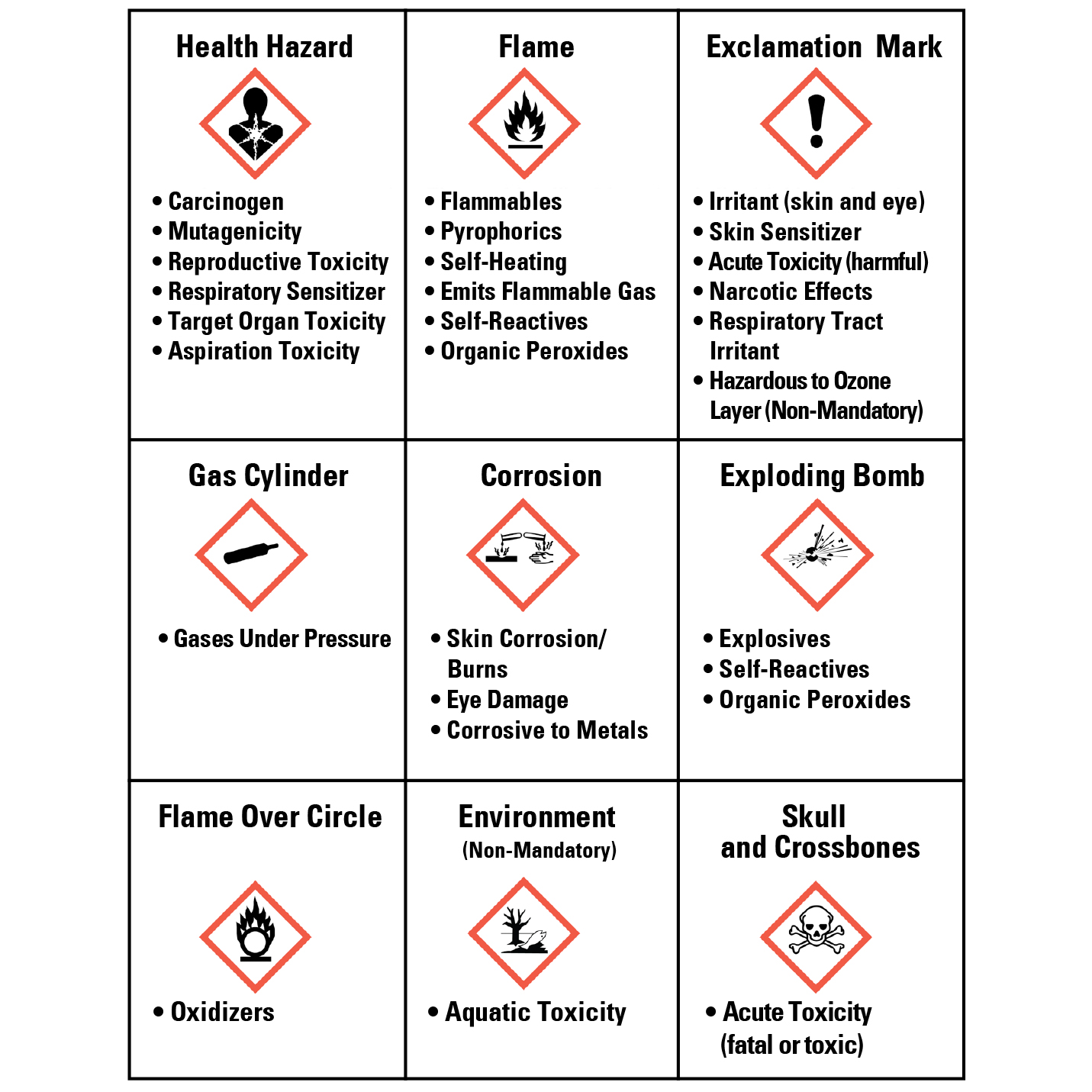New ISO 45001 Health & Safety Management System Standard
/The final vote on the ISO 45001 Health and Safety standard passed at the end of January with 93% in favor of passage. ISO 45001 will replace OHSAS 18001 and is an Integrated Management Standard, aligned with ISOs 9001 & 14001. For more information please contact us.
Read More
























